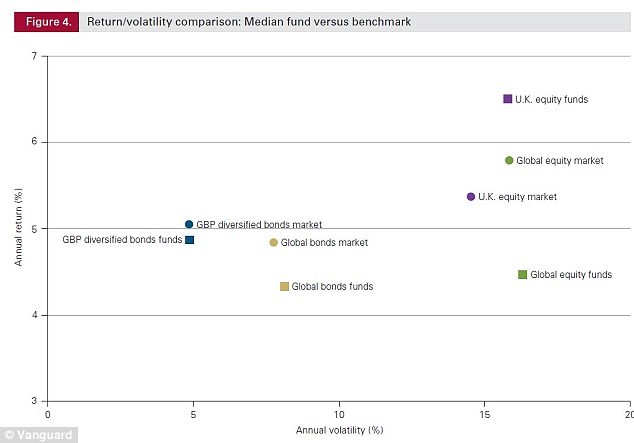Is Your Fund Manager Active Enough
Post on: 9 Апрель, 2015 No Comment

Error.
January 14, 2013
In 2004, Antti Petajisto and Martijn Cremers, then colleagues in the finance department at the Yale School of Management, took particular interest in an article in The Wall Street Journal about the Fidelity Magellan Fund. The article called Magellan’s manager, then Robert Stansky, a closet indexer because the fund’s returns closely tracked those of the Standard & Poor’s 500. I was thinking that made sense, but it could also be that they were just very good at risk management and very well diversified, says Cremers, now a professor of finance at the University of Notre Dame. To make that distinction, you really have to look under the hood.
There was so much discussion of closet indexing, but no one was putting numbers to these claims, says Petajisto, who now works in global tactical asset allocation at BlackRock.
With that in mind, Cremers and Petajisto teamed up to find how to differentiate true stockpickers from closet indexers. They finished the first draft of their research in 2006 and in 2009 published a paper, How Active Is Your Fund Manager? A New Measure That Predicts Performance. That measure — which they named active share — is the percentage of a fund’s weight-adjusted portfolio that differs from its benchmark. Not exactly rocket science. I’m the first to admit that our measure is very obvious, says Cremers. I like to think that its simplicity gives it strength.
Indeed, active share is finding its way into the mainstream pretty quickly. The largest fund companies and consultancies now keep close tabs on active share, and both Morningstar and Lipper plan to make the statistic more widely available this year.
If nothing else, active share pulls back the kimono on managers who charge high fees for piggybacking the index. It gives you a very quick and dirty indication of how active a fund is, relative to the index, says Michael Herbst, director of active-funds research at Morningstar.
Martijn Cremers (above) and Antti Petajisto pioneered the concept of active share — a tool used to evaluate just how active your actively managed fund really is. Callie Lipkin for Barron’s
The study also found that focused funds tend to have high active share, as do funds that invest in small- and mid-sized companies. The size of the fund itself is another factor — those with more than $1 billion in assets tend to have a tougher time maintaining high active share. As the table shows, the 25 largest mutual funds have fairly middle-of-the-road active-share numbers.














